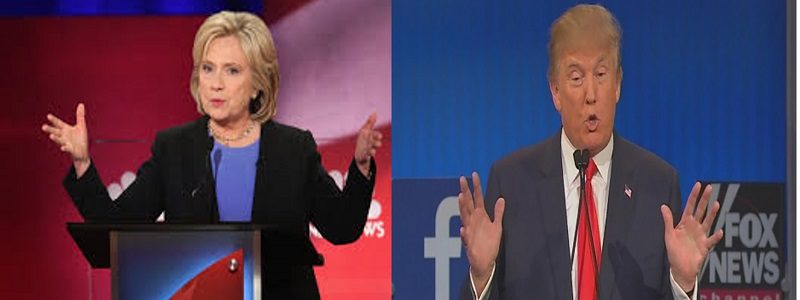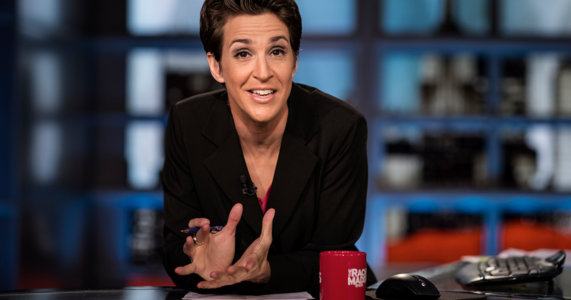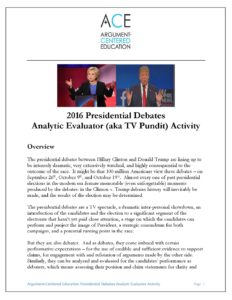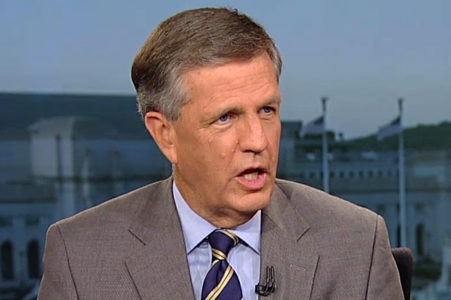
Playing Political Pundit: The 2016 Presidential Debates Analytic Evaluator Activity
Overview
The presidential debates between Hillary Clinton and Donald Trump are lining up to be intensely dramatic, very extensively watched, and highly consequential to the outcome of the race. It might be that 100 million Americans view these debates – on September 26th, October 9th, and October 19th. Almost every one of past presidential elections in the modern era feature memorable (even unforgettable) moments produced by the debates: in the Clinton v. Trump debates history will inevitably be made, and the results of the election may be determined.
The presidential debates are a TV spectacle, a dramatic inter-personal showdown, an introduction of the candidates and the election to a significant segment of the electorate that hasn’t yet paid close attention, a stage on which the candidates can perform and project the image of President, a strategic conundrum for both campaigns, and a potential turning point in the race.
But they are also debates. And as debates, they come imbued with certain performative expectations – for the use of credible and sufficient evidence to support claims, for engagement with and refutation of arguments made by the other side.
Similarly, they can be analyzed and evaluated for the candidates’ performance as debaters, which means assessing their position and claim statements for clarity and focus; their evidence and reasoning for sufficiency, credibility, accuracy, and consistency; their engagement with their opponent’s arguments and their use of refutation, for its responsiveness, comprehensiveness, and depth of thinking; and their evaluation and weighing of competing arguments in a way that establishes and applies standards of comparison and offers a way of resolving the contradictions in their own favor. Despite whatever else the candidates want to do or are going to end up doing, since they are engaged in a debate – and especially since they are engaged in a debate of such grave consequence for the nation and for the world – we can as members of the public, and we should as students of civics and students of argumentation, analyze and evaluate their debating on these valid and accepted criteria for debate.
The presidential debates will be judged, by individual in America and many outside America, and by media and its commentariat as well. Debates structurally ask for adjudication, they require it. We as individuals, and more so as students, should judge them using the right tools and criteria.
And that is what this activity will have students do. For each of the 2016 presidential debate, they will first view the debate on their own, taking careful notes the first time, then watch it a second time tracking the positions, arguments, counter-arguments, and rebuttals made by both candidates on the issue or issue category that they were assigned. From this study and written record, students will summarize the debating that took place on their issue, analyze the argumentation, and then evaluate who won each local or micro-debate on the major positions. Included in this local evaluation will be a close (but separate) look at the debaters’ style, and who prevails stylistically. They will conclude with an evidence-based evaluation of who won the debate, overall.
Students will do in writing what TV pundits do over the airwaves, only students will have a more reflective, thoughtful, thorough, and supported basis for coming to and communication their evaluations. Rachel Maddow, Gloria Borger, John Dickerson, Brit Hume, and all the rest: listen, take notes, and learn!


Method and Procedure

(1)
To begin, introduce, define, and lead a discussion on the key terms associated with the issues that we know will – or are likely to be – debated. For the first debate on September 26th, this should start with the three issue categories:
America’s Direction
American Prosperity
American Security
(2)
Divide the class into 3 – 5 groups, with each group being assigned an issue or issue category. Again, the Commission on Presidential Debates has announced that in the first debate questions are divided into three “issue categories.” For subsequent debates, issues might include:
Economy/Employment
Education
Foreign Policy
Immigration
Racial Justice/Policing
Tax Policy
Terrorism
(3)
Distribute copies of the 2016 Presidential Debates Analytical Evaluation Form, one per student. Review the form with students, using the model, answering questions about what is expected of students and how they complete each field.

(4)
Students should watch the debate the first time at home, if possible. They should take notes, carefully on the issue or issue category that they were assigned.
(5)
Then lead a discussion that explicitly forestalls conclusions about who won, or what specifically happened on any of the issues, but instead elicits student questions or misunderstandings of the meaning of any of the positions or arguments.
(6)
Screen the debate in-class (or portions of the debate, if there is a chance to edit it in advance to home in on the substantive exchanges on the issues). Students should now be using their Analytical Evaluation Forms to look for and write out the following, from both candidates:
Issue statements
Example: Donald Trump’s tax plan would reduce taxes for all current tax players by setting up three brackets: 15%, 25%, and 33%, with no taxes paid by those making $38,000 or less.
Argumentative Claims
Example: This tax plan would increase economic growth and lower unemployment.
Evidence and Reasoning
Example: The Institute for Tax Policy has concluded that this tax plan will raise economic growth to 3.5% annually. The main reason for this is that it will put more money in the hands of taxpayers, which will circulate through the economy and help American businesses.
Counter-Arguments
Example: (1) The Institute for Tax Policy is a biased, right-wing source. The more neutral Congressional Budget Office said that this policy will add $4.5 trillion to the national debt. It will destroy the economy over the longer term. (2) This tax policy gives hundreds of billions in tax breaks every year to the rich. Trump himself will receive $6 million a year in reduced taxes from his own policy, assuming that is he pays taxes, which we don’t know because he keeps his returns secret. The tax policy is more economic injustice, the opposite of what we need.
Rebuttal
(1) Clinton doesn’t know anything about economics. She has never hired anyone in her life and never earned a living in the private sector. (2) This tax policy will get the economy moving again.

Students should also be completing the stylistic evaluation of the candidates’ performances, and the overall evaluation as to who won the debate.
(7)
Note that students should not be quoting in the fields on the form. They should be summarizing the argumentation in their own words. They should not use the first or second person pronouns. They are acting in this activity as TV political pundits – a form of journalism – so they should be reporting objectively what the candidates are arguing.
(8)
The groups should come together and choose their four best position statements, with supporting argumentation, from each candidate. No issue statement should be used twice – e.g., the American Prosperity group can only include one issue statement on Trump’s tax policy, even if more than one student in that group used it on their Analytical Evaluation Form. In this case, the group should be sure that the best argumentation summaries, from any of the students’ forms, are used on the final four position statements from each side. Groups may need additional AEFs for this process.
(9)
Lead an argument-based discussion in which each group presents one of its position statements, with supporting argumentation, from each candidate. Students from the other groups should be allowed to question or critique the presenting group, if they heard something in the debate that differs from what was captured on the AEF. Circulate through the groups this way, at least twice, before moving to a brief discussion about the stylistic performances, and then a final informal debate about who won the debate! With the real objective being: who are the TV-ready political pundits!
(10)
Give the group a 20 – 30 minute opportunity (or a homework opportunity) to revise and strengthen their group Analytical Evaluation Form, putting forward four position statements, with supporting argumentation (arguments, counter-arguments, rebuttals). Then collect the official group AEF, backed by each student’s individual Analytical Evaluation Form. Each student will get two grades, one for their group AEF and one for their individual AEF, using the AEF Assessment Rubric to grade student analytic evaluations of the candidates’ argumentation.




